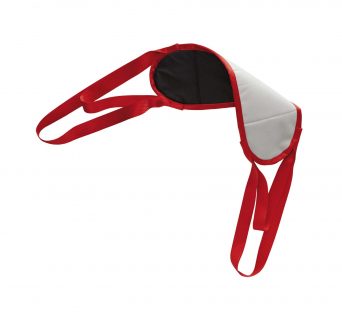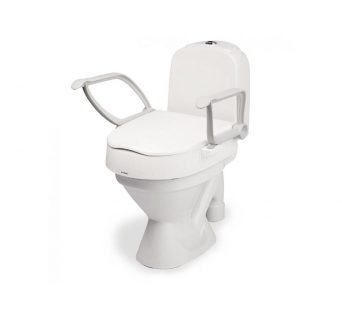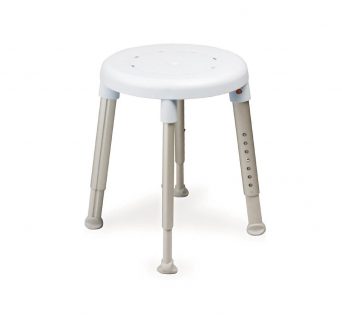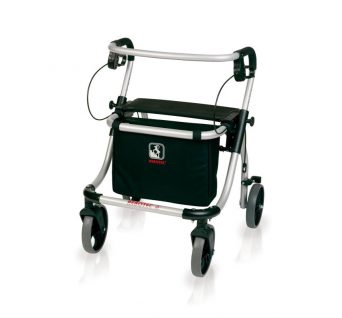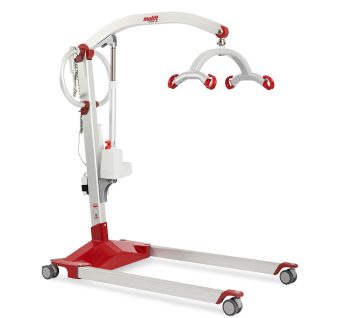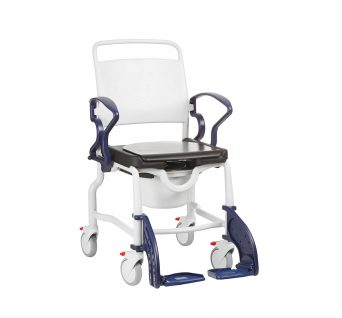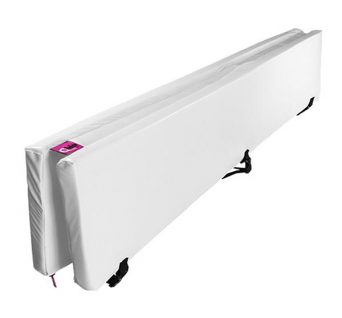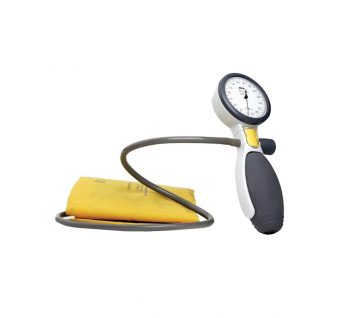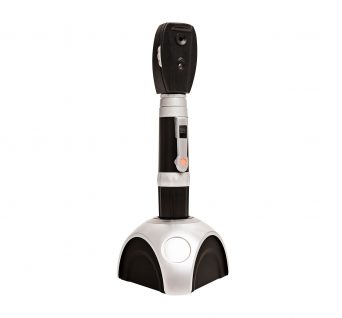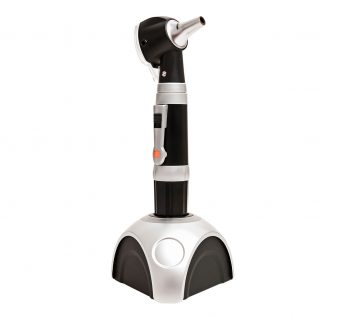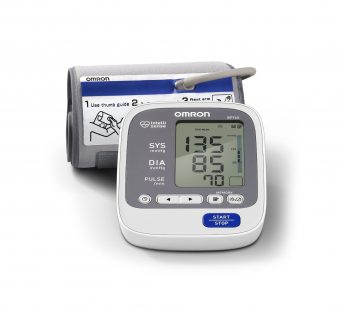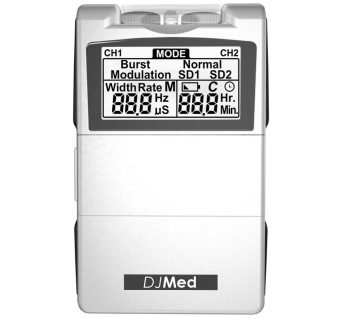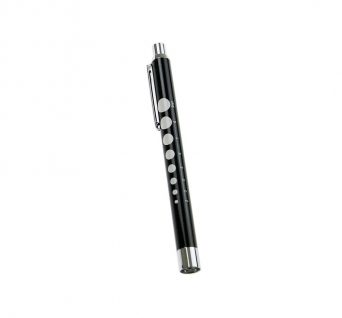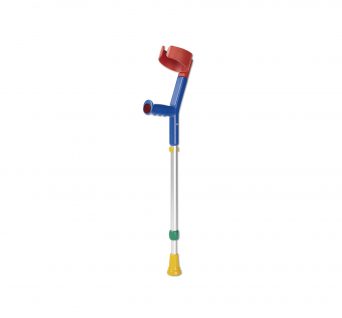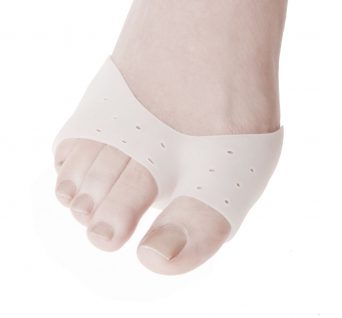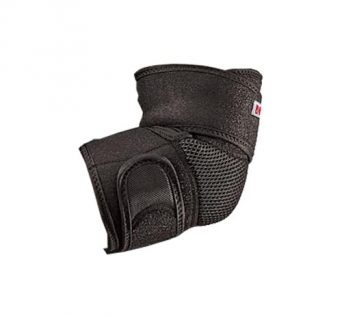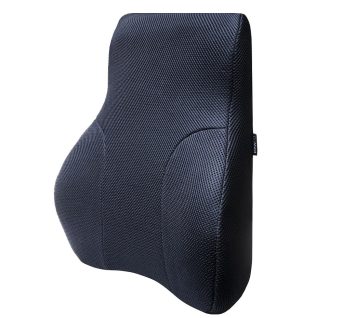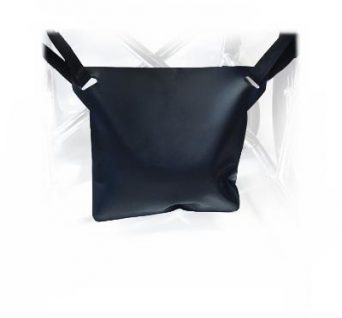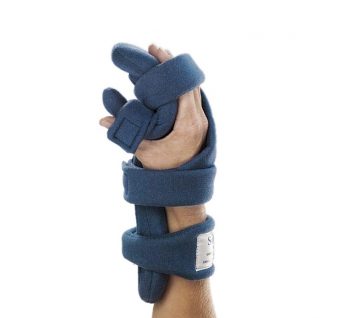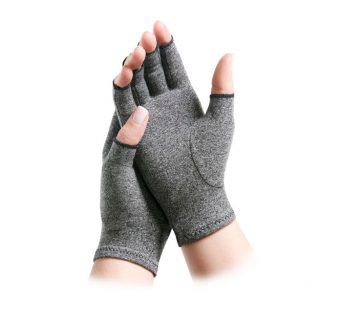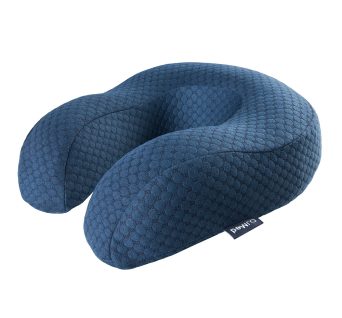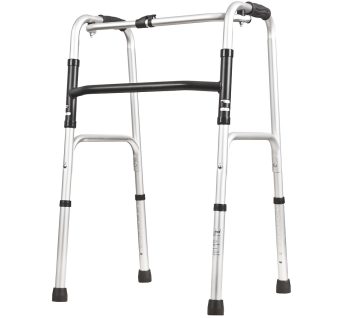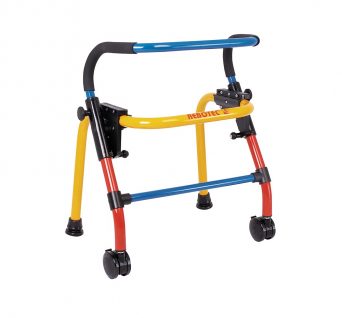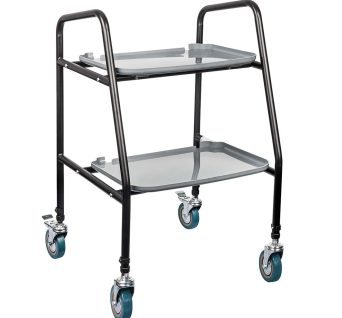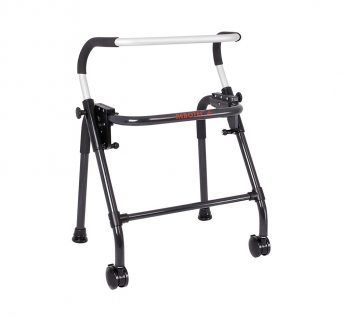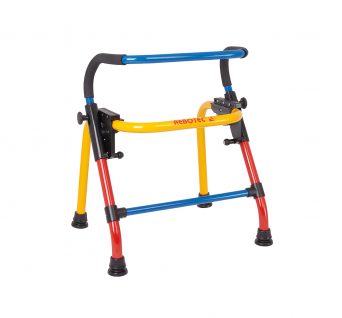No products in the cart.
Walking Frames
Showing all 6 resultsSorted by popularity
- Walking Frames
Deluxe Zimmer Walking Frame, Folding
Lightweight aluminium walking frame. Safe, stable and reliable. Compact and easily transported.
This lightweight aluminium Walking Zimmer Frame is ideal for life on the go. Easily folds tool-free to a convenient size for transport. Sturdy aluminium construction offers maximum stability and durability, with comfortable foam handles offering reliable support.
SKU: n/a - Walking Frames
Rebotec Walk-On – Zimmer Frame
Aluminium walking frame, adult size. Made in Germany.
Get moving again with this stylish, foldable, and height-adjustable Zimmer walking frame. Made from aluminium alloy, it is light yet tough enough to support up to 150kg weight.
The grip handles have been designed for comfort and ease of use, while non-slipping hand grips offer extra safety when you’re on the go.
SKU: n/a - Walking Frames
Rebotec Child Walk-On With Rollers
Colourful walking frame for kids with 2 front roller wheels
A roll in the park has never been easier! The Rebotec Child Walk-On With Rollers is a colourful, high-quality accessory designed to ensure your little one’s safety and comfort.
This walking frame has non-slip hand grips, making it perfect for smooth use on almost any surface. It also features two front roller wheels, making it ideal for all surfaces. Finally, the adjustable height feature makes this product suitable for your child’s height.
SKU: 175.×× - Walking Frames
Mobile Meal Tray Walker
Mobility support with a convenient trays, allowing you to move safely and enjoy meals or carry items independently around your home
Perfect for seniors, post-surgery recovery, or anyone wanting more independence at mealtime. The Mobile Meal Tray Walker turns everyday mobility into a smooth, confident, and comfortable experience.
- Lockable Brakes: Park it safely when eating, resting, or transferring items.
- Smooth-Glide Wheels: Effortless movement on most indoor surfaces, ideal for kitchen, dining area, or living room.
- Height Adjustable: Customise to your comfort level for improved posture and reduced strain.
- Stable Support: Sturdy frame provides reliable balance and mobility around the home or facility.
SKU: 41550 - Walking Frames
Rebotec Walk-On With Rollers – Walking Frame
Adult Zimmer walking frame with 2 front roller wheels
With the Rebotec Walk-On With Rollers, you can stay active and mobile wherever you go. This adult walking frame features two front roller wheels for added assistance and a foldable design for easy storage.
This walker provides all the support needed to help you get around easily. Its features include a smooth and stylish powder-coated aluminium finish, non-slip hand-grips for safety, and a height-adjustable walking frame for extra convenience.
- Two front roller wheels for stability
- Foldable design
- Adjustable height
- Non-slip hand grips
SKU: 175.×
Zimmer Frames & Walking Frames
A non-wheeled walker requires users to use a start/stop style of walking, and they need to be strong enough to pick it up and place the walker with good balance. This type of walker helps control speed if they have a tendency to speed up their walking, or if they have a tendency to fall forward. There are four main activities that are needed to be performed safely when using a walker; standing up, sitting down, walking, and turning. The following are intended as general guidelines and may not be appropriate for everyone. Therefore, seek specific guidance from a professional healthcare therapist for more personalized suggestions relevant to your specific situation.
When preparing to stand up, move forward and sit as close to the edge of the chair as is comfortable. Keep the feet as far under the body as possible, aiming to place the toes directly below the edge of the chair. Place both hands on the arms or seat of the chair, or, place one hand on the chair and one hand in the middle of the walker frame. Do not place too much weight on one side of the walker while standing or it may tip. Lean forward until feeling some weight on the feet. Use the legs to stand as much as possible, using the arms mainly for balance and to lift only what the legs cannot. Do not walk forward until balance has been tested and you are feeling strong enough to walk.
